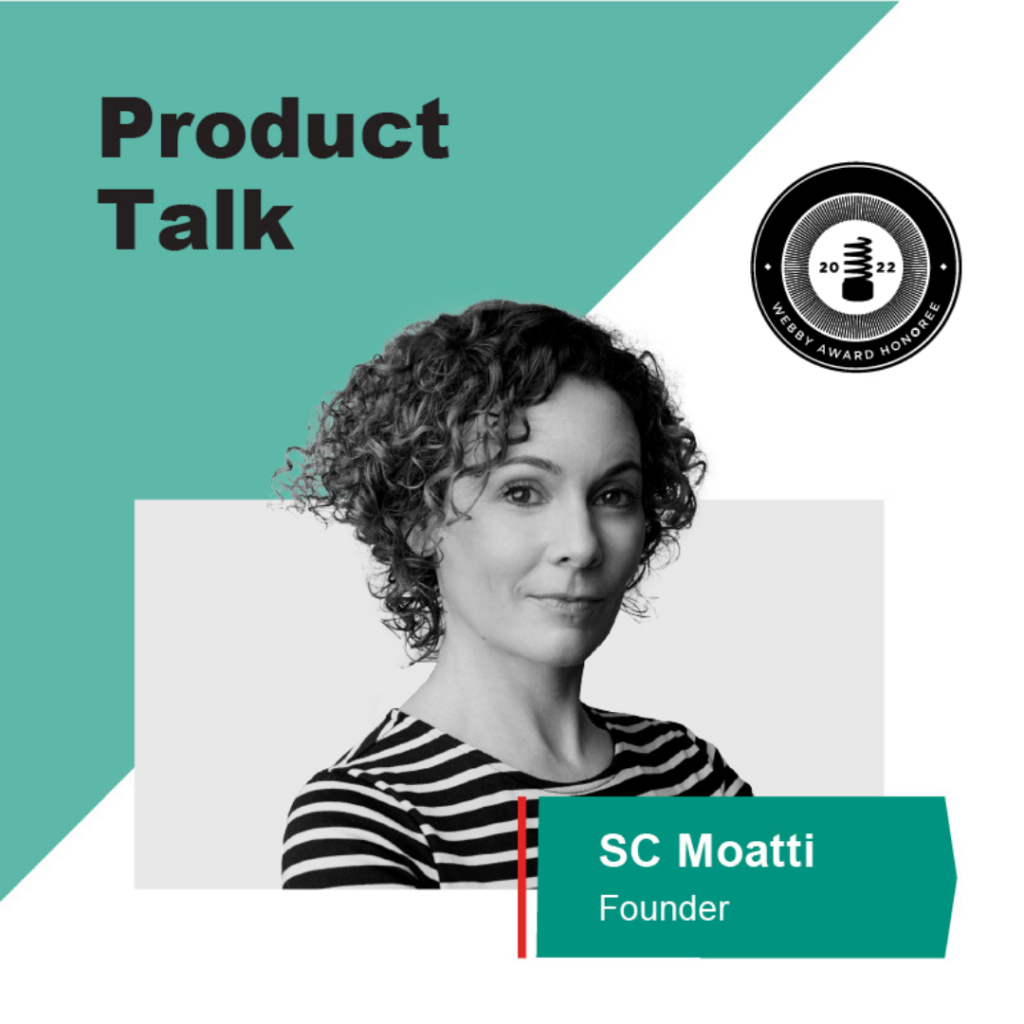Can the product design process solve problems like clean water or world hunger?
Here is number three in the Capgemini “Leaders in Innovation” Podcast Series, featuring guests in the Capgemini portfolio of products. In this conversation, Synapse Product Development VP of Engineering Martine Stillman talks with Hamilton Beach Senior Industrial Designer Drew Carlson. They discuss the ways that Hamilton Beach is leading sustainability efforts, from reduced packaging to recycling test appliances. Drew argues that even small steps add up to big impact when it comes to sustainability in product.
Subscribe to the Product Talk podcast on Spotify and Apple Podcasts and catch every conversation with leading product executives. New episodes go live every week.

On the importance of an out of box experience
One innovation at Hamilton Beach is the reduction in packaging. For example, a recent coffeemaker has a carbon footprint so small, says Martine, that “you can’t even see it.”
Drew explains, “Our packaging, like you said, it’s just so minimal. It is what I like to refer to as the out of box experience. It’s the first time the consumer is really unfolding and interacting with the product before they’ve even used it. And they’re forming really strong impressions. So, again, while it’s really lean on carbon, it’s so important for that first impression.
“And there’s tools in the packaging, like Quickstart guides, which can be great communicators just to inform the user, Hey, this is upgradable; I’m not going to have to repurchase something completely different in a few years. So it’s addressing, you know, the product growing with the user. And we can talk about end-of-life packaging. And so it’s a great kind of a billboard, so to speak.”
On the impact of sustainability in product
As more and more companies, like Hamilton Beach, consider these issues, now is the time for sustainability. Or, as Drew succinctly puts it, “sustainability has arrived.”
Drew continues, “Sustainability is a bit like design thinking was 10 years ago. We’re starting to emerge in business schools. And people realize that the design process can be applied to really far reaching things beyond product. Like solving problems in politics, or world hunger, safe water. What corporations like us and all of our competitors do in the decade of the 20s is really going to impact the next 100 years, and far beyond that.
“When we think about traditional product development, and competition, of course, there’s all kinds of technology and processes that are going to be proprietary. But what I was really excited about sharing on this podcast was sustainability, it’s not that way. It needs to be shared. And so our competitors, along with us, you know, collectively are going to do things like, you know, driving certain costs down.… And really, that’s the only way we’re going to move the needle is if we share this information, and don’t keep it all kind of locked in.”
On small sustainability steps adding up
Tackling sustainability can seem like a daunting task. With so many problems, from waste to energy expenditure, where to begin? Luckily, as Martine says, “a bunch of small actions turn into a big action quickly.”
Drew says, “As a company internally, we’re really doing small things. Like in our corporate office kitchens, all kinds of rudimentary lunchtime supplies, meal supplies are now 100% biodegradable. And this is a daily touch point for employees and kind of just raising that awareness.
“We have these life testing labs that are kind of what a lot of people don’t always think about. Where, you know, if you can imagine going into a really large room where it’s just a sea of dishwashers. All the time. They’re running 24/7 and really putting our appliances – say with blender jars that are going into the dishwasher – really putting them through the wringer.
“And at the end of several hours, days, all of these test products were just being discarded outright before. They’re now going to a local specialty recycler called Clean Earth. And they collect and sort everything. And, again, these are somewhat small volumes, but it’s making a difference.”